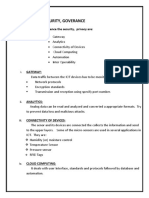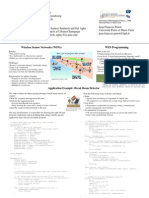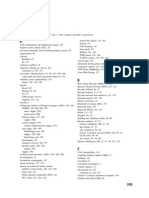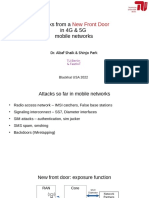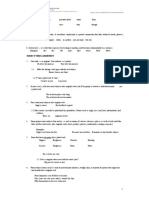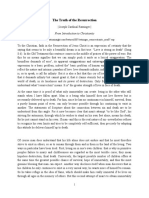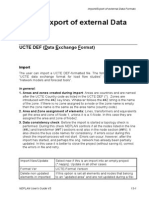0% found this document useful (0 votes)
6 views11 pagesExplanation
The document outlines a blueprint for a Smart Car AI Security Agent that integrates multiple trained models for vehicle safety, including anomaly detection and emergency response using a cloud-based LLM (Gemini). It details the architecture, data pipelines, and components necessary for the system, including model services, an emergency orchestrator, and observability tools. Additionally, it emphasizes the importance of safety interlocks and legal considerations regarding automated emergency notifications.
Uploaded by
try.ankitg4402Copyright
© © All Rights Reserved
We take content rights seriously. If you suspect this is your content, claim it here.
Available Formats
Download as TXT, PDF, TXT or read online on Scribd
0% found this document useful (0 votes)
6 views11 pagesExplanation
The document outlines a blueprint for a Smart Car AI Security Agent that integrates multiple trained models for vehicle safety, including anomaly detection and emergency response using a cloud-based LLM (Gemini). It details the architecture, data pipelines, and components necessary for the system, including model services, an emergency orchestrator, and observability tools. Additionally, it emphasizes the importance of safety interlocks and legal considerations regarding automated emergency notifications.
Uploaded by
try.ankitg4402Copyright
© © All Rights Reserved
We take content rights seriously. If you suspect this is your content, claim it here.
Available Formats
Download as TXT, PDF, TXT or read online on Scribd
/ 11


















